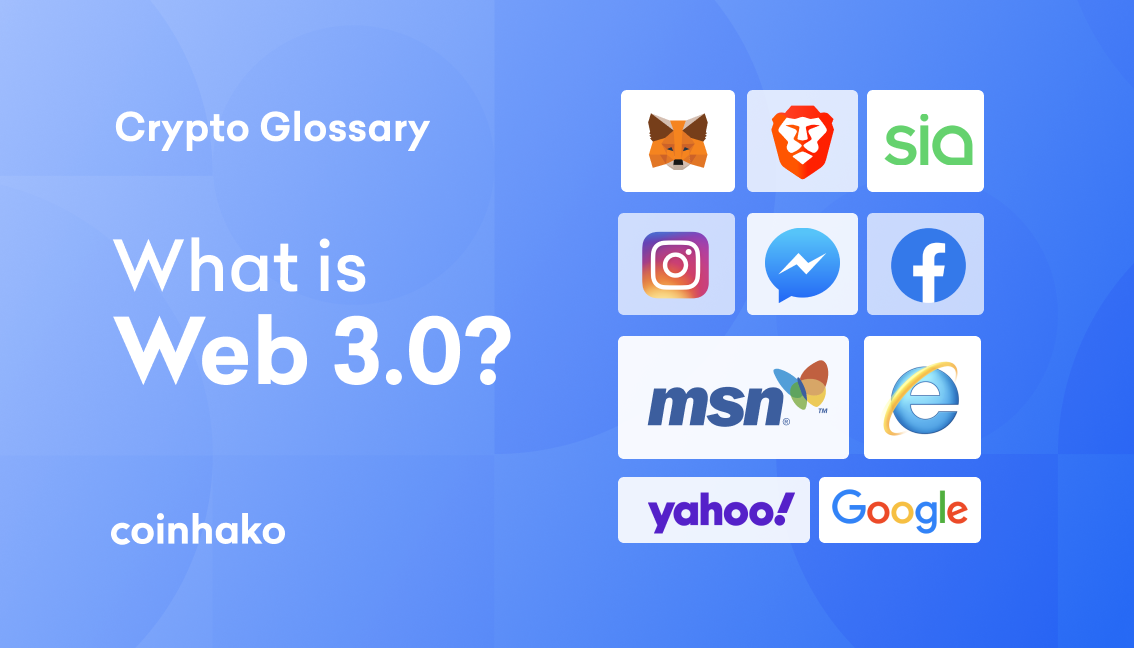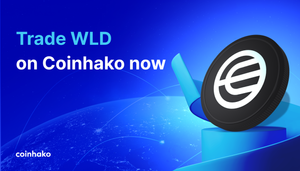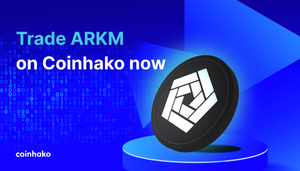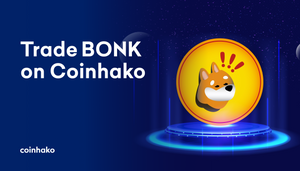Web 3.0. Decentralisation. Metaverse.
Are they all the same, and can they be used interchangeably?
TLDR: No. With so many crypto buzzwords being thrown around liberally, we can see why some might think they’re all one and the same — but they’re not.
The internet, and the way we interact with it, is constantly evolving. The version of the internet we’re familiar with today is a far cry from its early days (remember dial-up connection?) when people mainly used the web to source information.
What is Web 3.0?
You probably have different login credentials for various accounts you own on the internet. Imagine being able to connect to both your social media account and online shopping platform using a single account that belongs to you. With Web 3.0, that might be possible in the future.
Originally known as the Semantic Web, a term coined by World Wide Web inventor Tim Berners Lee, Web 3.0 represents the third generation of the world wide web.
The goal of Web 3.0 is to provide a better user experience compared to its predecessor by leveraging technologies such as machine learning, natural language processing, big data and decentralised ledger technology (DLT) like blockchain systems. This next iteration of the internet will be a “smarter” one —with websites and apps being able to process information almost as well as humans.
Some early signs of Web 3.0 are already here, like non-fungible tokens (NFTs) and decentralized applications (dApps).
Features of Web 3.0
With Web 3.0 still being a work in progress, there is still no exact definition. However, it does have a few defining features:
Decentralisation
One of the main cornerstones of Web 3.0 is decentralization — which is the
transfer of control from a central authority to a distributed and democratic network.
To keep things truly decentralised, Web 3.0 employs blockchain technology, which provides open, trustless, and permissionless networks. Web 3.0 also seeks to give control to users, leading to the rise of dApps, which serve various areas including finance, arts, gaming, and more.
Artificial Intelligence
Another feature of Web 3.0 is the utilisation of Artificial Intelligence, which means the Internet should be able to replicate how humans access information. In Web 3.0, computers can understand information just like humans do which allows for quicker validation and delivery of information.
Spatial Web and 3D Graphics
The blurring of lines between the physical and the digital realm is part of the Web 3.0 development. With the rise of the Metaverse phenomenon, virtual worlds have allowed users to interact with each other and engage in a more immersive way. With 3D designs and graphics and virtual worlds, users can experience the web in a completely different way, by entering the internet via their digital avatars.
There may be more features defining Web 3.0, but these three are the primary distinctions. The aim of Web 3.0 is to address the issues of previous web iterations and provide ownership and control to users.
How different is Web 3.0 from its predecessors?
From Web 1.0 to Web 3.0
Web 1.0 ‘Static Web’
Web 1.0 refers to the first stage of the World Wide Web evolution. It allowed people to connect to the internet, but was limited to mainly a linear sender-receiver relationship, featuring minimal interaction through contact forms or newsletter registration.
Web 2.0 'Social web'
Web 2.0 allowed people to connect with others through blogs, social networks, and video sites. Thanks to technological advances such as Javascript, HTML5, or CSS3, interactive social networks like YouTube or Facebook flourished, and user-generated content became increasingly popular among internet users.
The landmark for Web 2.0 is that most of the servers where data is stored are owned by centralised companies such as Meta(Facebook) and Twitter. Despite intentions to create a better algorithm for users, the data in these platforms were eventually sold to advertisers.
Web 3.0 dapps in action
The world wide web has evolved since its inception in 1989. The next stage, Web 3.0 — is slowly developing and materialising before our eyes. Take a look at some interesting Web 3.0 projects that build upon popular projects that are powered by Web 2.0.
Filecoin is a decentralized storage system that aims to “store humanity’s most important information.” Unlike cloud storage companies like Amazon Web Services, Filecoin leverages its decentralized nature to protect the integrity of a data’s location, making it easily retrievable and hard to censor.
👉🏻 Learn more about FIL
The Theta Network is a decentralised video streaming platform that seeks to solve issues like poor video quality, high load times, and slow connection in the video streaming community. THETA.tv, its live streaming platform, is the first to build its DApp on the Theta protocol.
Theta’s board of advisers includes Steve Chen (YouTube co-founder), Justin Kana (Twitch co-founder) and Rakuten Viki, and CJ Hello (senior executives from Verizon). THETA is the governance token of the Theta network, providing users with many functionalities, including staking, producing blocks, and participating in the protocol's governance.
👉🏻 Learn more about THETA
Brave is a unique decentralised browser that will only provide advertisements if users opt in for it. As such, Brave offers faster loading times than competing offerings. Brave measures attention to understand its user base, and with the information gathered, Brave will work with publishers and advertisers to create the best method to judge its user’s attention. Basic Attention Token (BAT) works on a web browser known as Brave.
👉🏻 Learn more about BAT
Disclaimer: All writer’s opinions are their own and do not constitute financial advice. As a company, we do our best to provide information that is accurate and valuable. The contents of this blog post are intended for educational purposes only. Individuals are advised to perform due diligence before purchasing any cryptocurrencies as these assets are subject to high volatility, and understand the risks associated with trading cryptocurrencies.
📩 Sign-up to Subscribe to our mailing list to have them delivered straight to your inbox!
👉 Join our Telegram community
🤔If you have any enquiries, you may contact us here or you can visit our Information Page.
Copyright © Coinhako 2021 All Rights Reserved. Read more on our terms of use of this blog.
All opinions expressed here by Coinhako.com are intended for educational purposes, taken from the research and experiences of the writers of the platform, and should not be taken as investment or financial advice.






